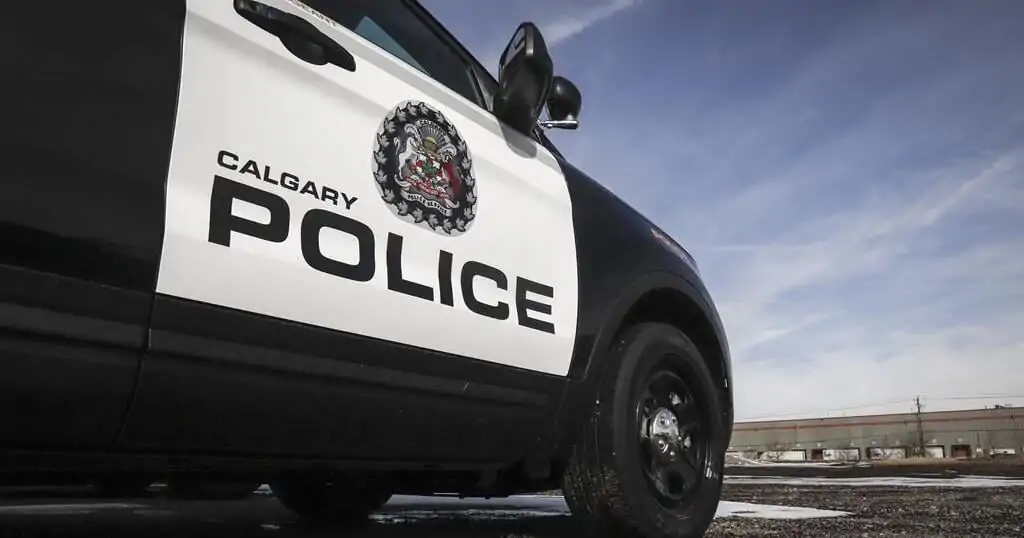Calgary police fired stun guns at a man and punched him in the head before he was put in restraints and died, investigators with Alberta’s police watchdog said Wednesday.
The Alberta Serious Incident Response Team, or ASIRT, said in a release that police were called on Sept. 17 about a man loitering near the check-in desk of the Carriage House Hotel and Conference Centre.
The agency said the man appeared dazed when he was told to leave by an officer. The man tried to pick up items from the floor that weren’t there.
When the officer pointed a Taser at the man, ordering him again to leave, ASIRT said the man raised his hands and started to walk out. He told police: “I don’t want to die.”
“The lone officer tells the male to stop talking and continues to point the weapon at him,” the agency said.
It said two other officers began walking through the main doors toward the man, and he stopped and repeated that he didn’t want to die. The first officer put away his Taser and tried to grab the man.
“At no point during the interaction had the male been identified, nor was he ever told he was being detained or under arrest,” ASIRT said.
It said the man physically resisted the officer and was tackled to the ground by another officer, who then punched the man in the head. At this point, ASIRT said the three officers fought the man for 3 1/2 minutes with “various uses of force.”
The man was put in handcuffs and leg restraints, and a spit mask was placed on his mouth, said ASIRT.
“The male is noted to be bleeding from the mouth and vomits,” the agency said.
It said seven minutes later, the man was sedated by emergency crews and left lying face down. After three more minutes, he was found to be unresponsive.
“The male was then provided medical care but declared deceased at the scene.”
Calgary police said in a release that same day that officers were called to the hotel for a man “acting erratically” in the lobby who was refusing to leave. They said the man wasn’t co-operating and was still being combative after a Taser was pulled out.
Police said the man was pepper-sprayed and taken into custody and shortly after went into medical distress.
A police spokeswoman said Wednesday the three officers involved have been placed on a standard 30-day leave.
“We know there’s a family and a community grieving this loss and our thoughts are with them during this difficult time,” said a statement.
ASIRT, which looks into serious allegations of police misconduct, said its investigation will examine the use of force by the officers.
This report by The Canadian Press was first published Sept. 25, 2024.
— By Aaron Sousa in Edmonton
